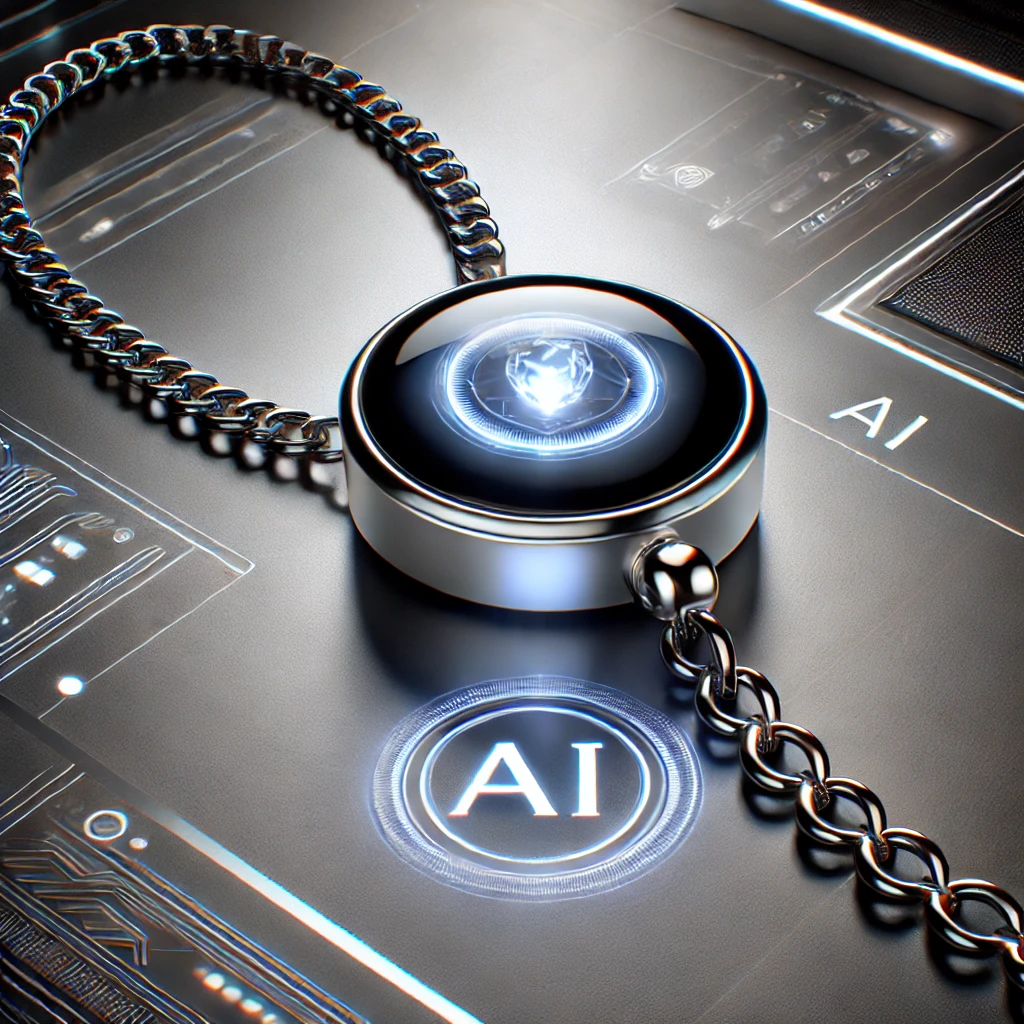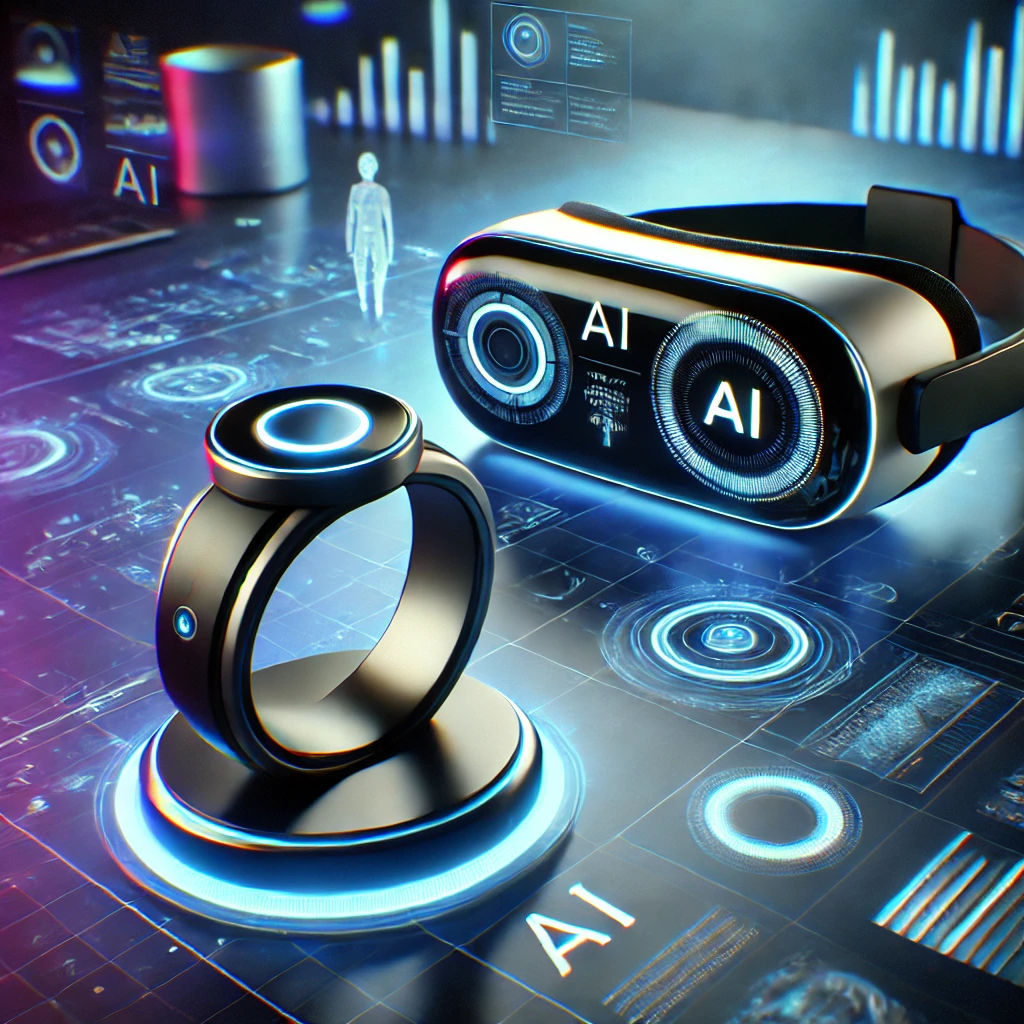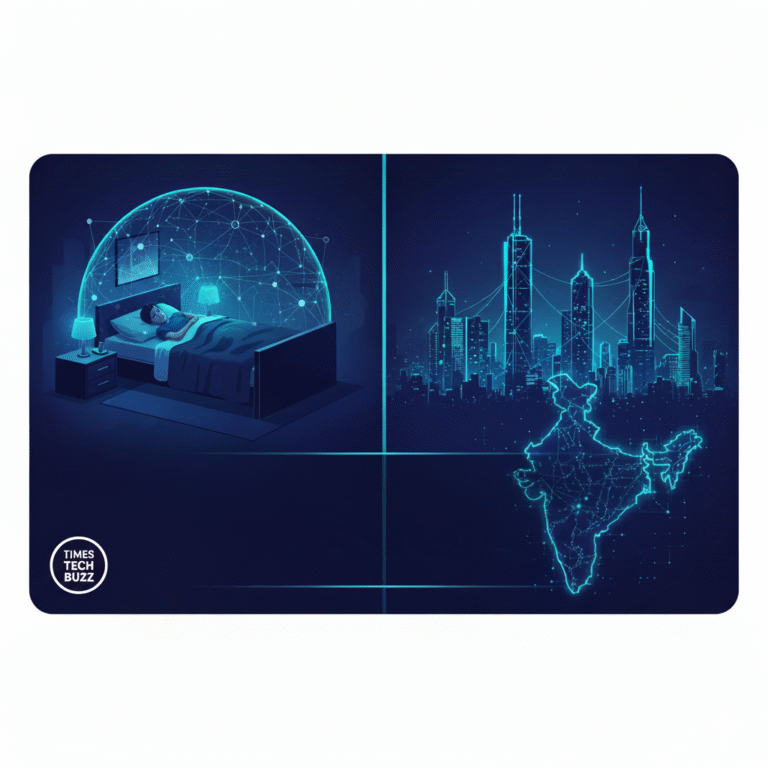
Introduction
The fusion of artificial intelligence (AI) with hardware is shaping the future of technology, with AI-powered jewelry and wearables at the forefront of this evolution. From smart rings that monitor health metrics to AI-integrated augmented reality (AR) glasses, the next generation of wearable technology promises to redefine how humans interact with digital systems. OpenAI, a major player in the AI space, is making headlines with its recent trademark applications hinting at the development of AI-powered hardware, including smart jewelry and AR/VR headsets. This move signals a shift towards an interconnected ecosystem where AI seamlessly integrates into our daily lives.
The Rise of AI-Powered Jewelry
AI-driven wearable technology is no longer just about fitness trackers and smartwatches. Smart jewelry, such as rings, necklaces, and earrings embedded with AI capabilities, is becoming an essential part of the growing wearable tech industry. These innovative devices offer numerous functionalities, including:
- Health and Wellness Monitoring: AI-powered rings and bracelets track vital signs such as heart rate, oxygen levels, and stress indicators. These devices use machine learning algorithms to provide personalized health insights and recommendations.
- Seamless Communication: Smart earrings and pendants equipped with voice assistants allow users to make calls, send messages, or receive notifications without reaching for their smartphones.
- AI-Enhanced Security: Some smart jewelry pieces function as authentication tools, enabling users to unlock devices, make secure payments, and access restricted areas via biometric verification.
- Fashion Meets Functionality: AI-powered jewelry is designed with aesthetics in mind, combining sleek, stylish designs with cutting-edge technology to ensure users do not have to compromise fashion for functionality.
OpenAI’s Role in AI Wearables
OpenAI, widely recognized for its advancements in AI software, is now stepping into the hardware sector with plans to develop wearable technology, including smart jewelry. While details remain scarce, OpenAI’s strategic expansion into AI-powered hardware aligns with broader industry trends, where leading tech companies are focusing on creating custom AI chips and wearables designed for real-time interaction with digital assistants.
To support these ambitions, OpenAI has formed partnerships with semiconductor giants like Broadcom and TSMC, aiming to develop specialized AI chips expected to launch by 2026. These chips are designed to optimize AI processing, improving the efficiency of wearable devices while ensuring seamless integration with other smart ecosystems.
Challenges in AI-Powered Wearables
While AI-powered jewelry and hardware present groundbreaking possibilities, they also come with significant challenges, including:
- Manufacturing and Distribution Hurdles: Unlike software, which can be updated remotely, AI-integrated hardware requires extensive expertise in production, supply chain management, and quality control.
- Power and Battery Limitations: AI wearables need to be lightweight and compact, making it difficult to incorporate high-capacity batteries. Companies must innovate power-efficient designs that maximize functionality while maintaining battery life.
- Privacy and Data Security: With wearables constantly collecting biometric and personal data, ensuring privacy and security is crucial. Strong encryption and robust cybersecurity measures are necessary to prevent unauthorized data access.
- Market Adoption: Although AI wearables are gaining traction, widespread adoption depends on affordability, ease of use, and public trust in AI-driven technologies.
Competitive Landscape: OpenAI vs. Industry Giants
OpenAI’s expansion into AI-powered hardware places it in competition with major industry players like Google, Apple, and Tesla, all of whom have been making strides in wearable technology and AI integration.
- Google’s AI Wearables: Google has been at the forefront of AI-powered wearables, with its advancements in AR glasses and AI-assisted healthcare devices.
- Apple’s Smart Jewelry Rumors: While Apple has yet to release AI-driven smart jewelry, speculation suggests that the tech giant is exploring the space, particularly with its health-focused wearables like the Apple Watch.
- Tesla’s Robotics Advancements: Although Tesla is more focused on humanoid robotics, its expertise in AI-driven automation suggests potential crossover into wearable AI technology in the future.
OpenAI’s challenge will be to differentiate its AI-powered jewelry and hardware while ensuring a smooth market entry. Leveraging its expertise in AI and forming strategic industry partnerships will be crucial for its success in this competitive landscape.
The Future of AI-Powered Jewelry and Hardware
The possibilities for AI wearables extend far beyond health tracking and communication. Future iterations could include:
- Neural Interfaces: Advanced smart jewelry could integrate with brain-computer interfaces (BCIs), allowing users to control digital devices through thought alone.
- Adaptive AI Assistants: AI-powered jewelry may feature context-aware virtual assistants that analyze user habits and offer real-time suggestions tailored to their needs.
- Enhanced AR Experiences: Wearable AI devices, including AR glasses and smart rings, could provide users with enhanced reality overlays, revolutionizing industries such as education, healthcare, and entertainment.
The integration of AI into jewelry and wearables represents a leap toward an interconnected digital ecosystem where technology becomes an extension of the human body. As advancements continue, these innovations could redefine the way people interact with their environment, offering unprecedented convenience, security, and efficiency.
Conclusion
AI-powered jewelry and hardware are poised to transform everyday life, bridging the gap between fashion and function. OpenAI’s foray into the wearable market signifies a growing trend where AI is no longer confined to software applications but is becoming a fundamental part of physical products. While challenges remain, the potential benefits of AI wearables are immense, promising to enhance communication, health monitoring, security, and personal convenience.
As the AI hardware landscape evolves, it is essential for consumers, businesses, and policymakers to stay informed about these developments. With innovation accelerating at an unprecedented pace, the future of AI-powered jewelry and wearables is closer than ever, promising an exciting era of technological integration.
Courtesy: Internet
Disclaimer
This blog is for informational purposes only and does not constitute professional or financial advice. Readers are encouraged to conduct their own research and consult with industry experts before making any decisions regarding AI hardware and wearable technology.
Read Also:
The Future of AI in India









🎭 Performance poetry! dramatizes creative concepts.